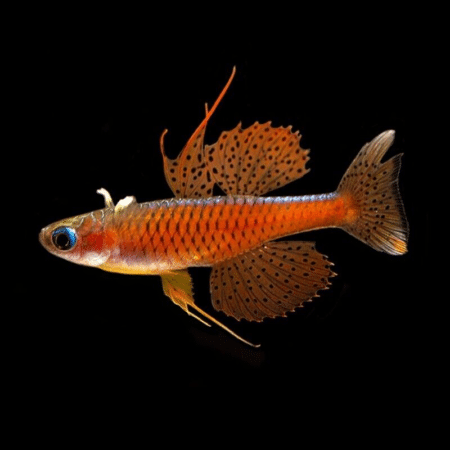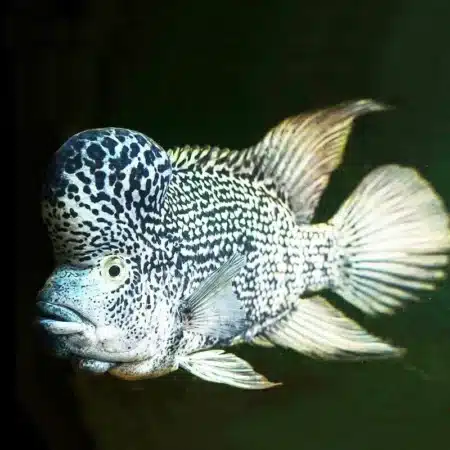To provide the best experiences, we use technologies like cookies to store and/or access device information. Consenting to these technologies will allow us to process data such as browsing behaviour or unique IDs on this site. Not consenting or withdrawing consent, may adversely affect certain features and functions.
The technical storage or access is strictly necessary for the legitimate purpose of enabling the use of a specific service explicitly requested by the subscriber or user, or for the sole purpose of carrying out the transmission of a communication over an electronic communications network.
The technical storage or access is necessary for the legitimate purpose of storing preferences that are not requested by the subscriber or user.
The technical storage or access that is used exclusively for statistical purposes.
The technical storage or access that is used exclusively for anonymous statistical purposes. Without a subpoena, voluntary compliance on the part of your Internet Service Provider, or additional records from a third party, information stored or retrieved for this purpose alone cannot usually be used to identify you.
The technical storage or access is required to create user profiles to send advertising, or to track the user on a website or across several websites for similar marketing purposes.























Emma Turner (verified owner) –
I recently added a Cichlasoma meeki, or Firemouth Cichlid, to my aquarium, and I couldn’t be happier! I’ve been a passionate aquarium hobbyist for over three years, and this vibrant fish is truly a gem. The colors are absolutely stunning, especially when it flares its throat during feeding time. It took about a week for it to settle in, and I noticed it quickly adapted to the tank environment.
This species is known to be a great beginner fish, and I can confirm that it’s been quite easy to care for compared to other cichlids I’ve tried. They have a friendly demeanor and seem to thrive in a well-planted tank with some hiding spots. Just a heads up — they can be territorial, so be mindful of tank mates!
I recommend the Firemouth Cichlid to anyone looking to brighten their aquarium with tropical fish that are both beautiful and relatively easy to manage. My little guy has been a joy, and I wouldn’t hesitate to purchase another in the future. Shipped quickly and arrived healthy, too! Overall, a fantastic experience!
Emily Carter (verified owner) –
I recently added a Cichlasoma meeki, or Firemouth Cichlid, to my tank, and I couldn’t be happier! After about two months of watching it thrive, I can genuinely say these fishes are not just beautiful but have such unique personalities. The vibrant colors and that distinct fiery red on their throats are just mesmerizing when they swim around my community tank. I chose this species because I read they’re suitable for beginner fish keepers, and I must say, they are quite hardy.
I originally considered other cichlids, but their temperament was a concern, whereas Firemouths are generally peaceful, making them perfect for my setup. I’ve also noticed that they are quite interactive, coming to the front of the tank to greet me during feeding time. My only minor concern is that they can be a bit territorial, especially during breeding, so I’d recommend monitoring their behavior closely if you keep them with other species.
Overall, I highly recommend the Firemouth Cichlid to anyone looking to liven up their aquarium with vibrant color and character. They truly bring joy to my tropical fish collection, and the care they require is manageable even for us beginners! If you’re considering a new addition, don’t hesitate – these beauties are worth it!